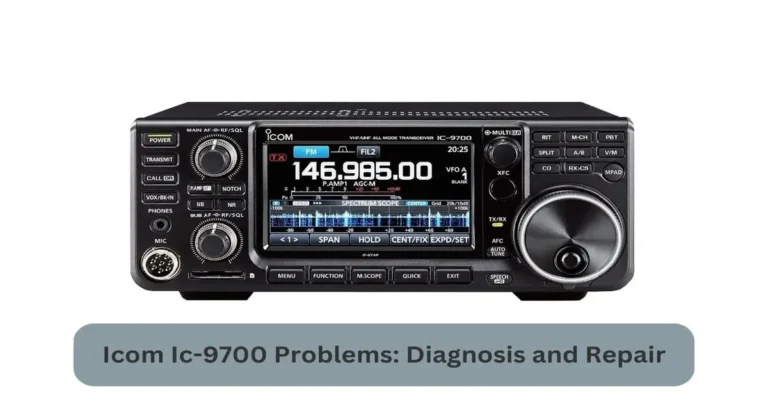What Is the Difference Between Amateur (Ham) Radio and CB Radio?
Ham radio and CB radio are two different radio communication technologies used by people all over the world. Although they are similar in nature, there are significant differences between the two that make them suitable for different types of communication.
This article will explore the differences between ham radio and CB radio, including their history, regulation, equipment, and usage.
History of Ham Radio and CB Radio
Ham radio, also known as amateur radio, has been around since the early 1900s. Amateur radio operators use their equipment to communicate with other amateur radio operators around the world. They use various frequencies and modes to communicate, including voice, digital, and morse code.
CB radio, on the other hand, became popular in the 1970s when the US Federal Communications Commission (FCC) allowed citizens to use radio equipment for personal communication. Citizens Band radio, or CB radio, is a type of radio communication that is open to the public and is commonly used for short-range communication.
Understanding HF Propagation: Factors That Affect Signal Strength
Regulation
Ham radio is highly regulated and requires a license to operate. In the United States, the Federal Communications Commission (FCC) is responsible for regulating ham radio operators and their equipment. To become a licensed ham radio operator, individuals must pass an exam that tests their knowledge of radio regulations, safety procedures, and technical knowledge.
CB radio, on the other hand, does not require a license to operate. However, there are still regulations that must be followed, including limits on power output, frequency usage, and communication protocols. In the United States, the FCC regulates CB radio usage, and individuals who violate regulations may face fines or other penalties.
Equipment
The equipment used for ham radio and CB radio is different. Ham radio operators use specialized equipment that is designed for long-range communication. They use high-powered transmitters and antennas that are capable of reaching other amateur radio operators around the world.
CB radio equipment, on the other hand, is designed for short-range communication. CB radios typically have a range of 1-2 miles, although some high-powered CB radios can reach up to 10 miles. CB radios are often used in vehicles, and many modern CB radios are designed to be used with a mobile antenna.
Usage
Ham radio and CB radio are used for different types of communication. Ham radio operators often use their equipment for emergency communication, such as during natural disasters or other emergencies. They also use their equipment for communication with other ham radio operators around the world, for experimentation, and for personal communication.
CB radio is used primarily for personal communication. Many truckers and other drivers use CB radio to communicate with each other while on the road. CB radio is also used by hunters, hikers, and other outdoor enthusiasts for short-range communication.
Some Common Questions: FAQs
Do I need a license to operate a ham radio?
Yes, in most countries, including the United States, a license is required to operate a ham radio.
How do I obtain a ham radio license?
To obtain a ham radio license, you need to pass an exam that tests your knowledge of radio regulations, safety procedures, and technical knowledge.
Can I communicate with someone using a CB radio if I have a ham radio?
Yes, with the right equipment, it is possible to communicate between ham radio and CB radio users.
What is the maximum range of a ham radio?
The maximum range of a ham radio depends on many factors, including the equipment used, the frequency used, and the weather conditions. In some cases, ham radios can communicate over thousands of miles.
What is the difference between a handheld CB radio and a mobile CB radio?
A handheld CB radio is designed to be carried around and used on the go, while a mobile CB radio is designed to be installed in a vehicle and used while driving. Mobile CB radios typically have a higher power output and a larger antenna than handheld CB radios.
Conclusion
In conclusion, ham radio and CB radio are two different types of radio communication technologies that are used for different types of communication. Ham radio is highly regulated and requires a license to operate, while CB radio is open to the public and does not require a license.
The equipment used for ham radio and CB radio is also different, with ham radio equipment designed for long-range communication and CB radio equipment designed for short-range communication. Understanding the differences between these two types of radio communication can help individuals choose the right technology for their needs.



